Tuesday, October 5, 2021
How To Change The Color of ANYTHING in Lightroom - COOL Adjustment Brush...
Friday, October 1, 2021
7 Steps to Getting Started in Fashion and Model Photography
By Chad Verzosa
Fashion and model photography is one of the most glamorous niches you can pursue.
But it’s not only hard to make it to the top as a photographer. Starting in the industry in itself can be difficult.
If you work hard and have the right
attitude, nothing is impossible. In this article, we’ll share with you
seven crucial fashion and model photography tips.

7. Practice Fashion Photography on Your Friends
It can be challenging to collaborate with other artists if you don’t have photos that show what you can do.
Before you start contacting models,
stylists, and make-up artists, start with your friends. Make sure you
take a lot of fashion-themed pictures. Doing so will make it easier for
people to decide if they want to work with you.
You can look at magazines and fashion websites. Even Instagram is good for inspiration. Study how famous photographers compose their shots, and recreate them.
The goal is not to copy the photos
exactly. But to familiarize yourself with the creative and technical
aspects of fashion photography.
Now that you have an idea for a photoshoot, you can ask a few friends if they’d like their portraits taken.
You’re bound to make mistakes when you’re still learning. So you might as well do it around people you’re comfortable with.
You don’t have to produce hundreds of
pictures right away. Having a dozen images is enough as long as you
cover a broad spectrum of styles.
Show that you can shoot anything. From black and white fashion photography to editorial fashion photography.
Depending on the job, you may need a photo release form.
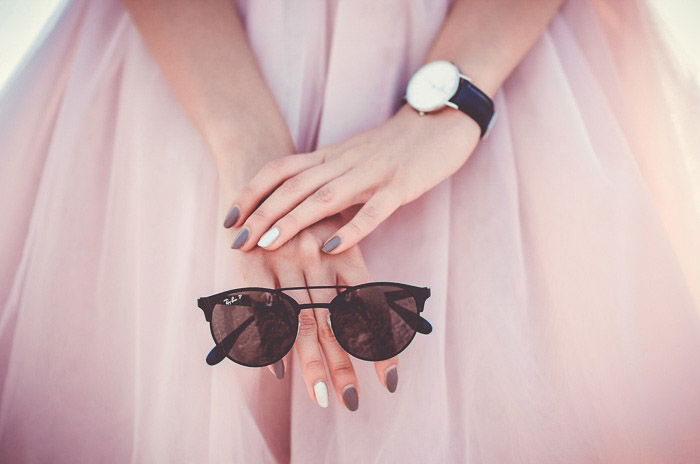
6. Collaborate With Other Artists to Gain Experience
Now that you have a few photos to
show, you can start looking for people to collaborate with. A fashion
photographer is no one without a team.
If you don’t know any models, stylists, and make-up artists, you can find them. Websites such as Model Mayhem and One Model Place are good places to start.
Prepare the small collection of images you took of your friends. These sites will ask you to upload a portfolio.
Your images will be a way for other
artists to gauge how good you are at fashion photography. If they like
what they see, they’ll want to work with you.
The same goes when you look at the portfolios of the individuals you want to include in your team.
There are artists on these websites
asking for monetary compensation. But you’ll also find a good number of
them offering what’s called “time for print.”
This means they’re willing to provide
their service for free as long as you give them photos of the models.
This is a perfect way to expand your portfolio without spending any
money.
And the more you photograph, the more confident you’ll be to take photos of strangers. This is a big hurdle for any aspiring fashion photographer.
Even though you’ll be working for free, remember to treat it like a real job. There are many networking sites you can use.
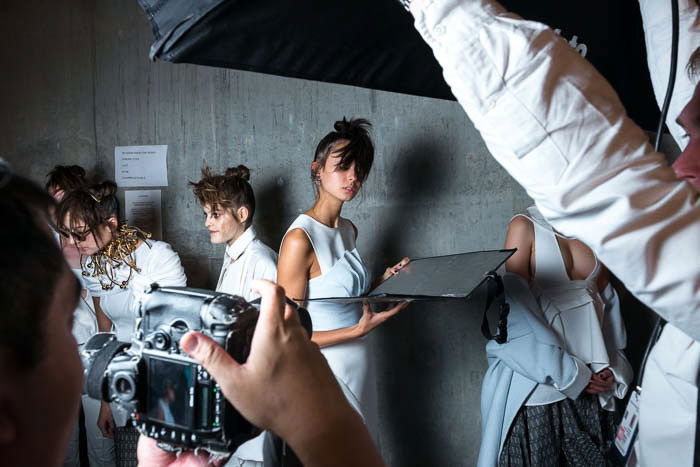
5. Why You Should Retouch Your Fashion Photography
Apart from taking photos, you also need to learn how to retouch your work and make it look better. Adobe Lightroom and Adobe Photoshop are great for this.
While these apps have a lot of
similarities, they both serve specific purposes as well. There are
plenty of technical differences between the two. But these are the
important aspects that you need to know:
Photoshop has all the components you’ll
need for editing photos. It has dozens of tools. These allow you to do
anything. From simple retouching to doing complex photo manipulations.
Since it has a lot of “moving parts,” it can also be too complicated and time-consuming.
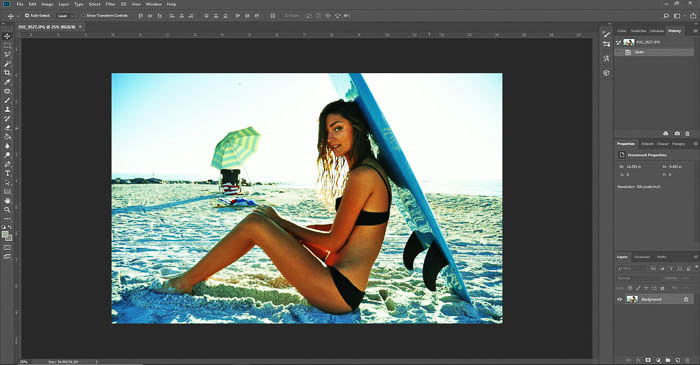
If you want to get things done faster, then Lightroom is the perfect app to use. It’s ideal for applying color correction, color grading, and minimal retouching.
It may have fewer controls, but it offers a smoother workflow than Photoshop.
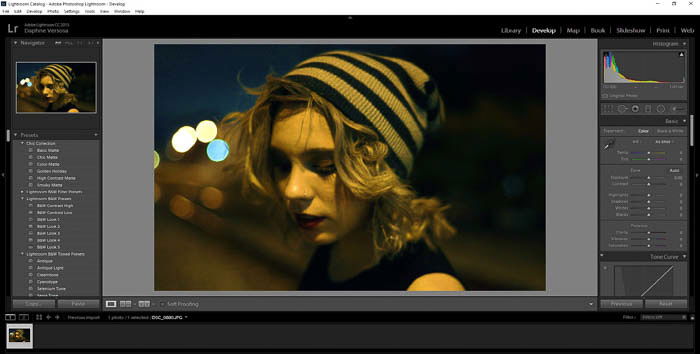
You can choose one over the other
depending on your needs. But it’s a great idea to have them
both. Editing requirements vary from one photo to another.
Lightroom can work for most of your needs. But you might need Photoshop for more extensive editing. Whether you use Nikon or Canon, you will still need varying degrees of post-processing.
4. Why Finding a Style Is Important
Style is subjective. But there are a few methods you can try to help you find your signature look.
First, you need to ask yourself what
inspires you the most. Do you enjoy doing street fashion photography? Do
you really dislike high fashion professional model photography? Or do
you like to mix both?
There’s no right or wrong answer, but whatever you choose, work on developing it. You may prefer something a little more glamour, than serious studio photography headshots.
You can also study different trends and
find ways to break off of them. Let’s use the portrait photography
legend Richard Avedon as an example.
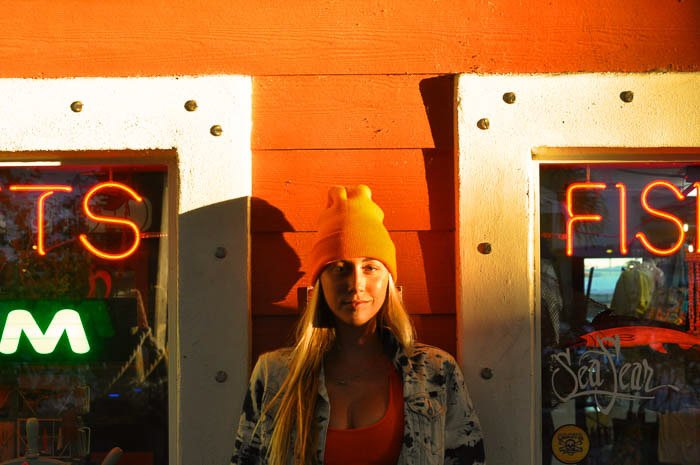
He didn’t follow the tradition of posing models like mannequins. He made himself stand out by making his subjects move around and pose more freely.
His style was so influential. It has become the prevalent approach among model photographers today.
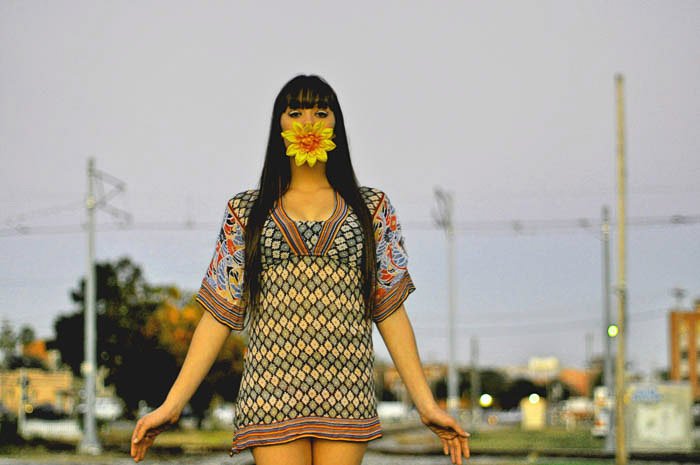
3. Create a Solid Fashion Photography Portfolio
There will be a point where the photos you took of your friends won’t suffice, anymore. This when you stop being a beginner photographer and get started with real models.
If you want to be taken seriously, you
have to invest in creating a fashion/modelling photography website.
Apart from that, you also need a physical portfolio so you don’t need to
bring a computer to interviews.
Many editors still prefer to review real prints. Everything looks better on paper than on screen, after all.
Ask people to help you decide which
photos to include, and which ones to discard. Listen to what they have
to say. If they have some criticism, acknowledge it.
You need to be tough in this industry. Learn from your mistakes and continue improving yourself.
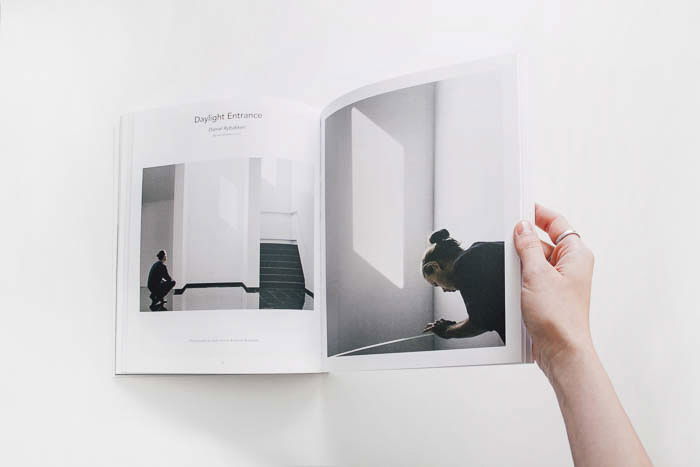
2. Share Your Work on Social Media for More Exposure
Apart from creating a portfolio, sharing your images on social media is a great way to gain exposure.
In recent years, Instagram
has become the best platform for companies to scout for fresh talent.
If you post eye-catching images, modeling agencies might start
contacting you.
It can take a while to gain a following. Especially since social media is now saturated with fashion photographers.
If your work is good and you have a distinct style, you’ll gain people’s attention. The number of your followers will go up. This is necessary for model photographers.
Don’t forget to include hashtags along with your images if you want everyone to see your work. Using the basic hashtag #fashionphotography alone will make your photos show up in other people’s Instagram feed.
To boost your discoverability, look for
the most popular relevant hashtags. Use them every time you post
content. Feel free to mix up the keywords every once in a while to
increase your audience even more.
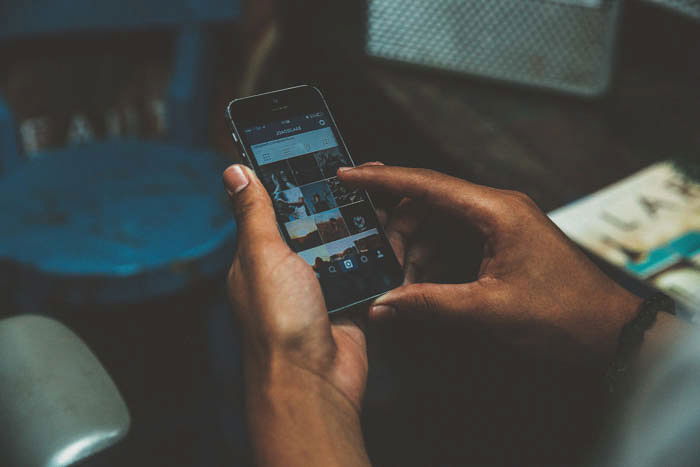
1. How to Build a Network in the Fashion Industry
The individuals that you collaborate
with are often the first ones that can introduce you to other people.
You’ll meet artists who have done bigger gigs and know other
professionals.
If your work is exemplary, they might be willing to recommend you to their friends in the business.
Also feel free to meet and work with
more experienced model photographers. Doing things by yourself,
especially if you don’t know exactly how to do them can be
nerve-wracking.
By
becoming a model photographer’s assistant, you’ll have a mentor who can
teach you a lot about the business. If you do a great job, they might
even invite you to work on bigger projects along the way.
Stay in touch with everyone you meet
because they can be the key to your success. Keep your lines open
because you never know when opportunity starts knocking.
Using a model agency such as Model Mayhem could be a great start for
model photographers. These models can recommend you to their friends and
colleagues.
If your friends are fashion designers, then all you need are real
models. Speak to the above modelling agencies for some professional
photographer photo sessions.

There isn’t exactly a step-by-step
process to follow to become a fashion photographer. Keeping these quick
tips in mind will make it easier to become a paid professional easier.
No matter which path you end up following, keep clicking that shutter. Aim to get as many photos of models as possible.
----------------------------------------------------------------------------------------------------
PHOTOGRAPHY FREEBIE:
How to make money with your Photography even if you're not a Pro.
Copy & paste this link into your browser, click ENTER, and enjoy:
https://mrdarrylt.blogspot.com/2020/01/how-to-make-500-month-from-your.html
or
----------------------------------------------------------------------------------------------------Monday, September 27, 2021
With the holidays fast approaching many of you will be taking holiday pictures for new and established clients. One of the ways we acquire those clients is through the display of some of our stock photos we have of previous clients or models. Below is an excellent article about obtaining "model release" forms. If you're familiar with the website, "Expert Photography" you already know the high quality of the content they regularly publish. If you're not familiar with them, read on.
How to Write a Photography Model Release Form 2021 (+ Free Templates)
Do you want to work with models, studios, media companies, fashion brands and others in the public eye? If so, you’ll need a simple model release form.
A model release form can range from a single page of simple text to a hefty document that includes complicated legal terms.
As a photographer, it’s important to know when you need the form and what you should include in it.
[This article does not contain any legal advice and is intended for educational purposes only.]
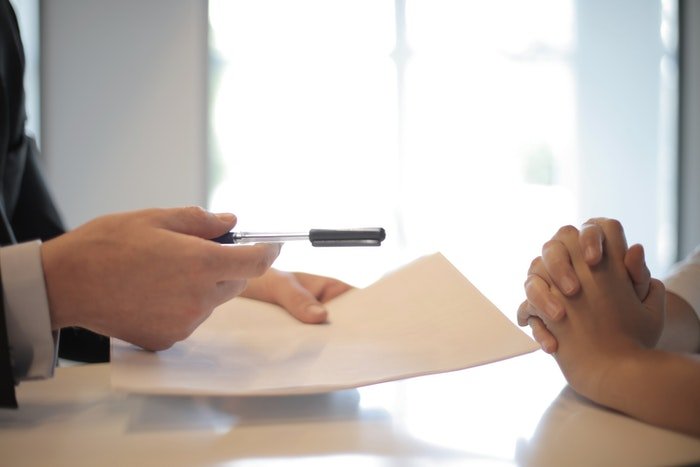
What is a Model Release Form and Why is it Important?
A simple model release form is a contract. It is one of the most important legal documents you need as a photographer. The relevant laws for different states and countries will differ, so you have to be extra thorough when creating one for your needs.
The form includes the rights of the image owner, the customer, and the model to prevent any lawsuit or settle any future complications. You will need it if you photograph professional models or candid photo shoots.
Creating model release forms is a crucial step in commercial photography. It allows (or restricts) the use of images for the purposes of promotion or sales.
Normally, there is no legal requirement to have a signed agreement between a publisher, photographer, or model. But, it’s a good idea to have this agreement in place to cover your legal rights.
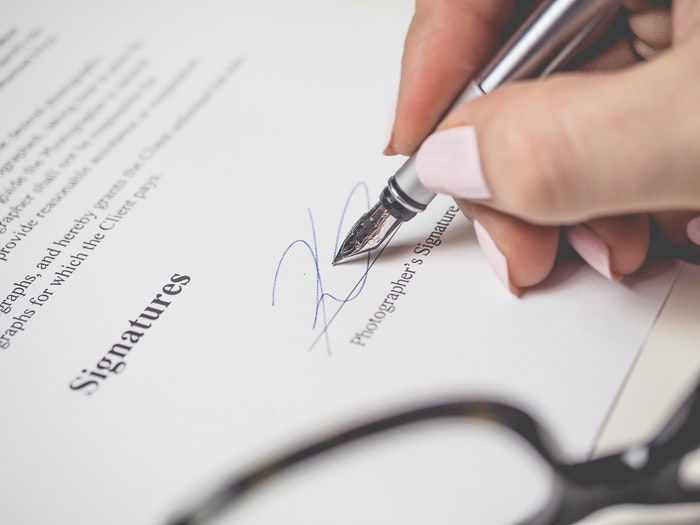
Is it Enough to Have a Standard Model Release Form for Every Situation?
Absolutely not! The trickiest part of writing a model release form is that every single country and state has different laws and regulations. It means that you have to conduct thorough research depending on where you take and use the photos.
The need for a model release form also depends on the intended use of your images. If you use it for commercial purposes, you’ll often need to have a model release form. However, it depends on the contract you have with the model agency.
Also, consider that publishing an image doesn’t always mean that it is used for commercial purposes. If your photos appear in newspapers or educational books, you don’t always need a model release form.
But again, country and state laws differ, and it is better to do your homework to be on the safe side.

Many photographers think that they don’t need a model release form if the subject’s face cannot be identified. This might be true but think about other characteristic traits like tattoos, uniforms or hairstyles.
If you fail to write a model release form and the subject can be identified, you might have to deal with the legal consequences.
Another aspect to consider is the location where you took the photograph. Often, you don’t need to have a model release form if you capture your subjects in public places.
However, if there is a chance you will use the image for commercial purposes, you need a model release form even for street photography.
Our best advice? Get familiar with the local laws about personal rights and image-making. If you want to be 100% sure, seek legal advice. It might cost you more money, but it is better to be safe than sorry.

What Should Your Model Release Form Say?
A simple model release form is a contract that allows the commercial use of images. There is a basic idea of what needs to be in this contract. Again, the details can differ between states and countries.
There are so many photography model release forms and resources out there. We recommend working from a template and avoiding creating your own model release form template from scratch.
The idea with the contract is that it protects the interests and the rights of both parties. It is a two-way street. It helps both parties and safeguards them against unwanted actions.
You are, after all, asking for the legal rights of images. Those captured in the image relinquish their right or claim over how, where, and when these images appear.
In an ideal case, a photography model release form should be short and sweet. It needs to contain the photographed persons’ name, address, phone number, and a witness.
However, there are much longer versions used for more important, commissioned work. The shorter versions are more for unplanned photographs.
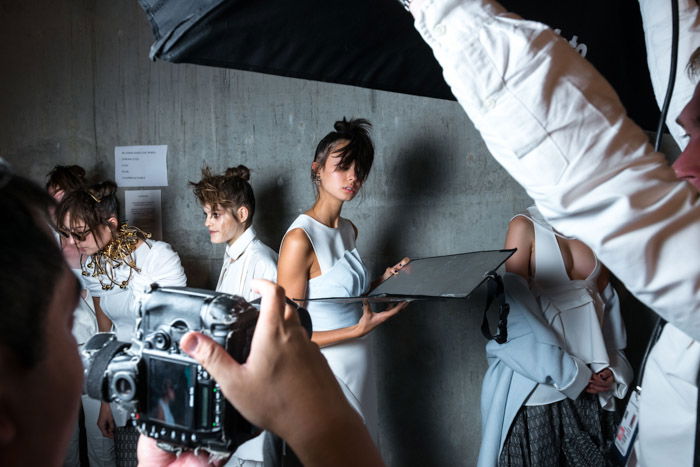
Our Free Templates
- Event Photography – Use this contract template for other events apart from weddings. For example, the release of a new product, photographing an art fayre or party.
- Portrait Photography – This template is perfect for photographing portraits other than the wedding day shoot. It might be an engagement party or studio shoot, focusing only on the person. Corporate headshots are a perfect example.
- Wedding Photography – This wedding photography template is specifically for that magical day. There are many things that need to be accounted for, hence this specific contract.
- Photography Session – Use this template for any photography session, for studio or outdoor use. It might be for family sessions, photographing pets or newborn babies.
- Model Release Simple – This model release is simple, mainly for when you photograph many people over a short space of time. This is perfect for street photography.
- Model Release Full – A full model release would be needed for fashion or lifestyle photography, where the images would be used nationally or internationally.
- Model Release Minors – This model release is specifically for those under 18 years of age. A guardian or parent needs to be present because the contract can be finished.
NB: All of these templates are on our Google drive and are free to view and download.

Always check the local regulations and laws before taking photographs of anyone. Have model release forms at hand in case you need one.
You will have to present the model release form when you want to use or sell the image and for other future issues that may arise. Also, it will stop legal proceedings or allow you to defend yourself if ever sued.
Some people may be hesitant in signing these forms. Often, the contract doesn’t state where and when you will use it. It only says that you can use it anywhere, at any time, for anything. You will need to respect their decision if they refuse to sign the form.
To make things even easier, we have a post on best model release apps to check out next!
-----------------------------------------------------------------------------------------------------------------
Photography Freebie
My Five Easy Steps to Shoot in Manual by Kimberly Gauthier
Just copy and paste the link below into your browser. Click enter and enjoy.